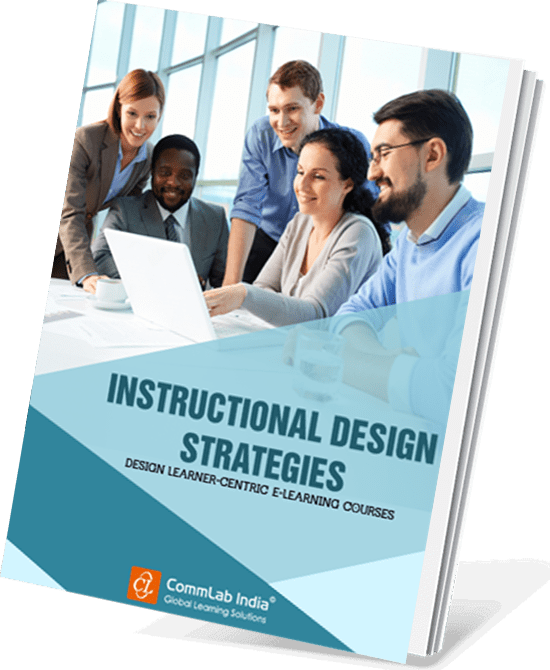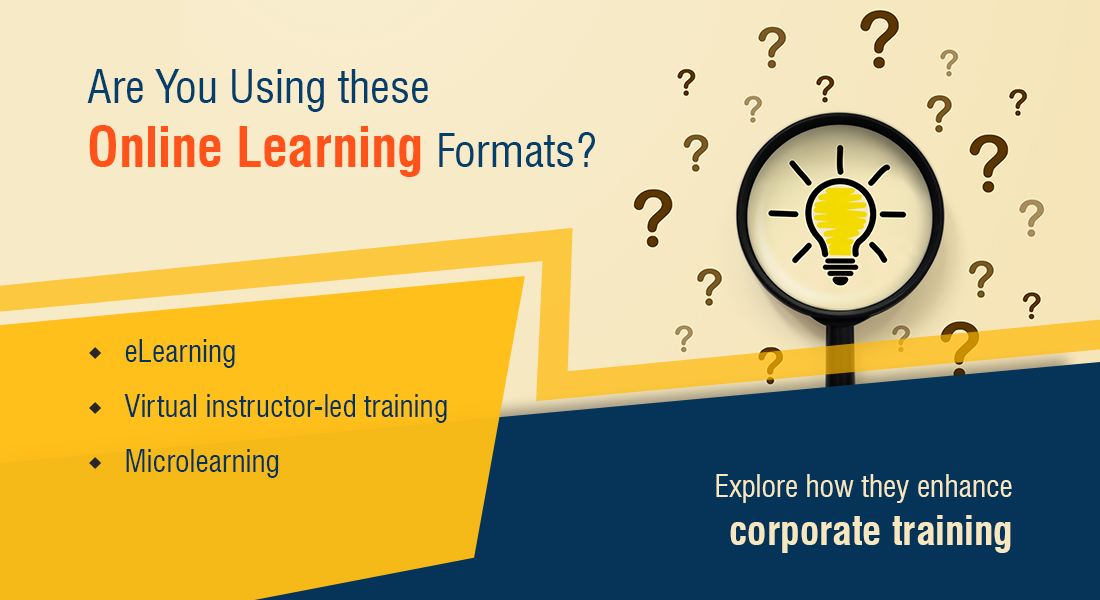What Makes eLearning a Breeze? The Magic of Intuitive Learning! [Infographic]
![What Makes eLearning a Breeze? The Magic of Intuitive Learning! [Infographic] What Makes eLearning a Breeze? The Magic of Intuitive Learning! [Infographic]](https://blog.commlabindia.com/hubfs/blogs/intuitive-elearning-design-elements-infographic.png)
Poorly designed eLearning courses can be a real struggle for learners. Clunky navigation, confusing layouts, and a lack of engagement can turn what should be an enriching experience into a frustrating one. But don't worry, there's a way to turn things around and create custom eLearning courses that truly make an impact.
→ Download Now: Instructional Design Strategies to Design Engaging eLearning Courses
By focusing on intuitive learning, you can transform your custom eLearning solutions into seamless and engaging experiences. Let’s explore some key intuitive design aspects that can stir things up and help you create impactful eLearning courses!
Table Of Content
- What is Intuitive eLearning Design?
- What are the Essential Elements of Intuitive eLearning?
- How Can Intuitive Design Overcome Common Learner Challenges in eLearning?
What is Intuitive eLearning Design?
Intuitive eLearning design focuses on creating user-friendly eLearning courses that align with the learner’s natural behaviours and thought processes. It aims to make the learning journey clear and straightforward by anticipating learners' needs, minimizing cognitive load, and ensuring smooth navigation. With logical content organization, consistent visual cues, and interactive elements, intuitive learning makes the eLearning experience effective, enjoyable, and accessible.
What are the Essential Elements of Intuitive eLearning?
Discover the key elements that make eLearning intuitive, keeping learners focused and motivated. Here's what you need to know!
How Can Intuitive Design Overcome Common Learner Challenges in eLearning?
Overcoming Learning Barriers through Intuitive eLearning Design
Here are some common challenges that intuitive learning can help address:
- Clunky Navigation
- Confusing Layouts
- Lack of Engagement
- Information Overload
- Inaccessible Content
Challenge 1: Clunky Navigation
Solution: For effective intuitive learning, navigation in eLearning should be smooth and clear. By organizing content logically and providing clear, consistent navigation paths, learners can move through the course effortlessly, staying focused on learning rather than figuring out where to click next.
Challenge 2: Confusing Layouts
Solution: An intuitive design uses clean, uncluttered layouts that highlight the most important elements. By prioritizing readability and simplicity, learners can quickly understand the structure of the content.

Instructional Design Strategies to Design Engaging eLearning Courses
Design Learner-Centric eLearning
- Importance of ID Strategies in eLearning
- Parameters to Select the Right ID Strategy
- ID Strategies for Effective Results
- Case Studies
Challenge 3: Lack of Engagement
Solution: Incorporating interactive elements and multimedia in an intuitive way keeps learners engaged. Design elements when integrated seamlessly, can make the learning experience more dynamic and enjoyable.
Discover how multimedia and interactivity can transform your corporate training programs into engaging, effective learning experiences!
Challenge 4: Information Overload
Solution: Intuitive design breaks down information into manageable chunks, using techniques like bullet points, infographics, and summaries. This helps learners process and retain information more effectively, preventing them from feeling overwhelmed.
Challenge 5: Inaccessible Content
Solution: Intuitive design prioritizes eLearning accessibility by ensuring that all learners, including those with disabilities, can access and navigate the course content easily. This includes using alt text for images, providing transcripts for videos, and ensuring compatibility with screen readers and more advanced features.
Curious Tidbit
According to Forbes, commitment to accessibility continues to grow, with organizations prioritizing enhanced accessibility measures.
Wrapping Up!
Learners seek an easy and impactful learning experience. By prioritizing intuitive learning, you design impactful custom eLearning experiences that not only keep learners motivated but also significantly enhance knowledge retention. To dive deeper into creating engaging eLearning courses, download CommLab India’s eBook on instructional design strategies. This resource is packed with insights and practical tips to help you elevate your eLearning design and development game!





![Tips to Create an Intuitive LMS that Facilitates Collaborative Learning [Infographic]](https://blog.commlabindia.com/hubfs/Imported_Blog_Media/tips-to-create-intutive-lms-infographic.jpg)
